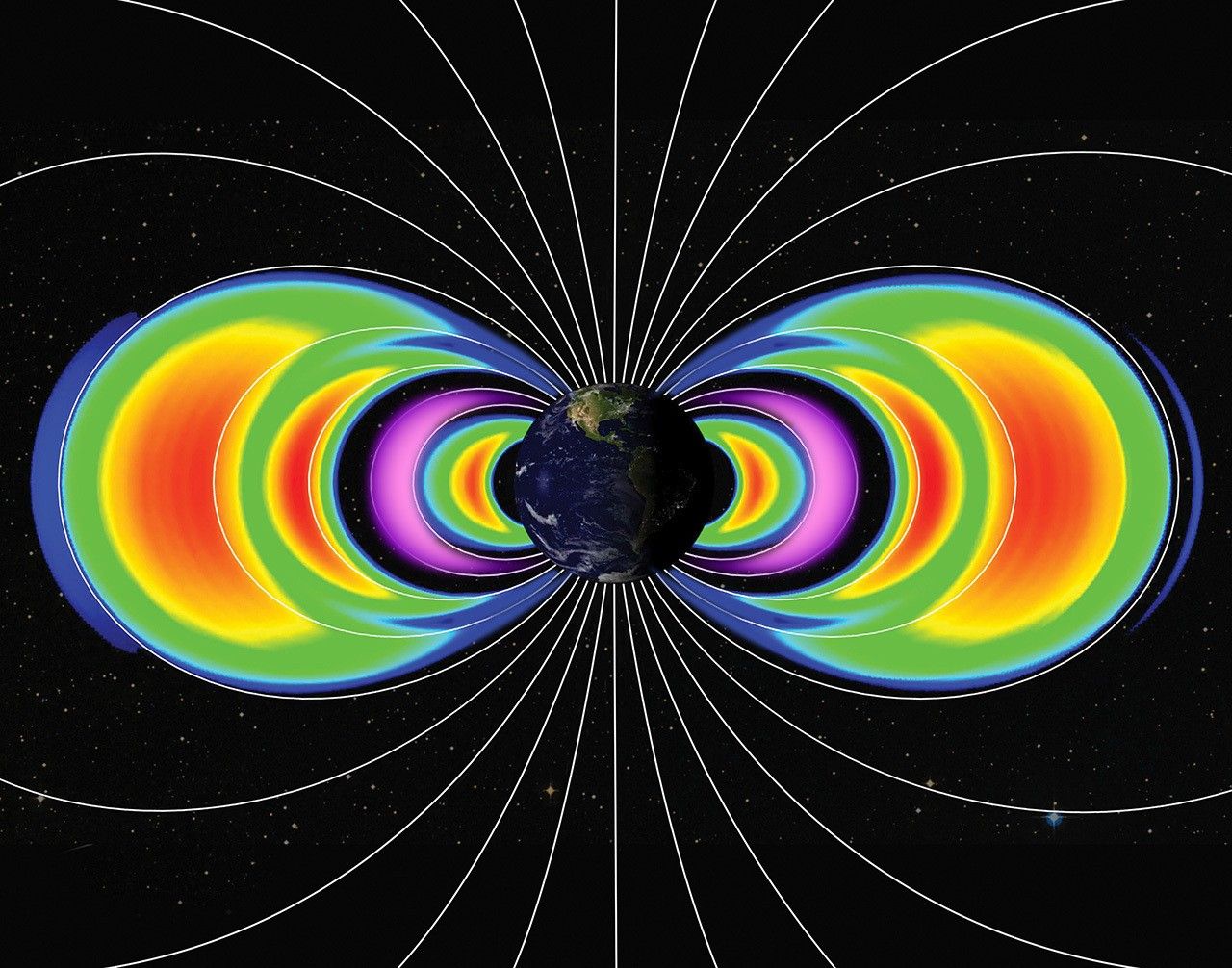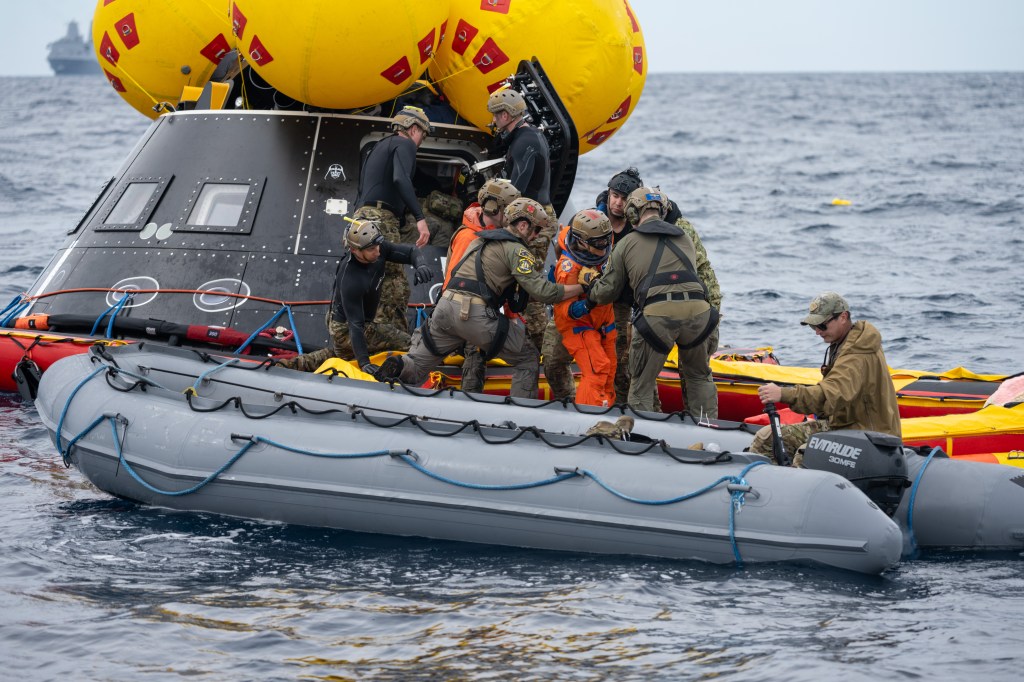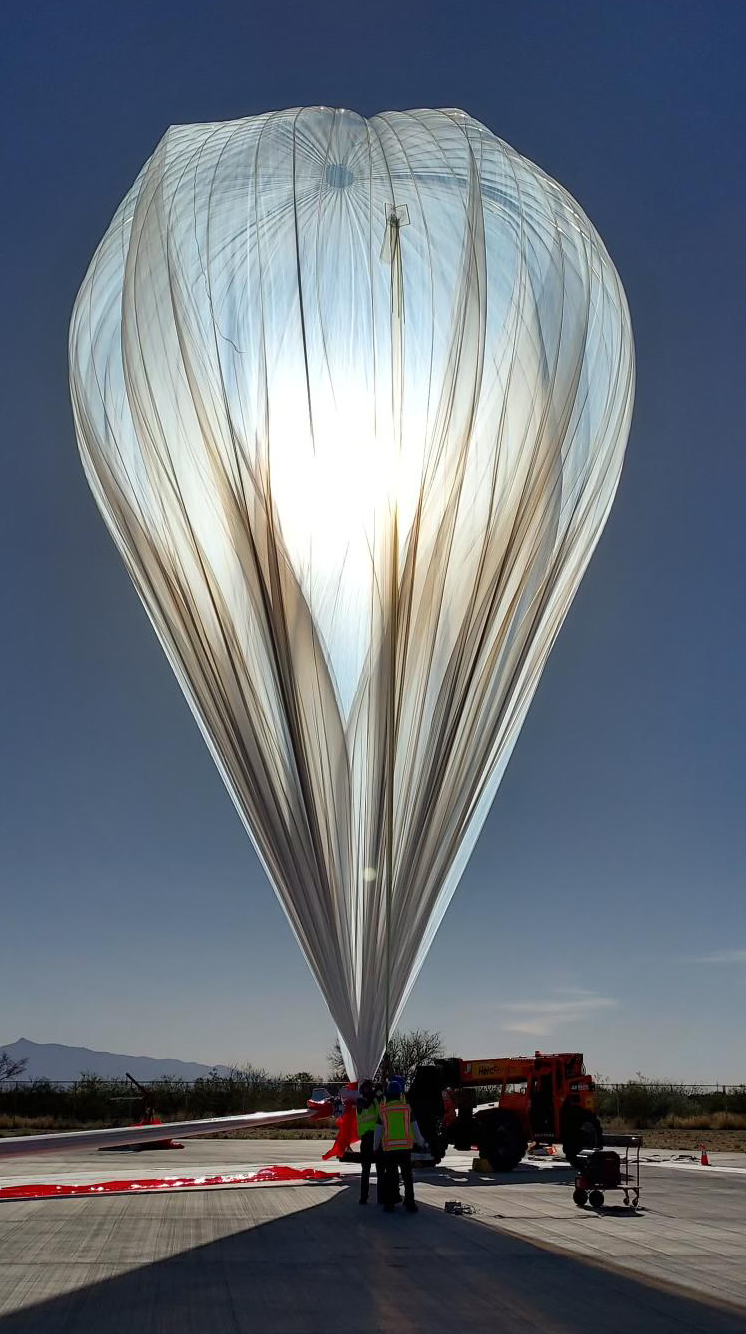Several ovens with programmable control are available in the Flight Loads Laboratory (FLL) at NASA’s Armstrong Flight Research Center in Edwards, California. These ovens are used for thermal exposure of coupons and panels, up to 4 feet 3 inches, to a maximum of 2,000 degrees Fahrenheit (F). There are six non cycling-type ovens, which are manually set to maintain temperature. The maximum temperatures for these ovens range from 650 degrees F to 1,300 degrees F.
Two microprocessor-controlled ovens, with interior dimensions of approximately 2 feet by 2 feet by 2 feet are also available for conducting strain-gage measurement errors to 2,000 degrees F. Radiant, conduction, and convection heaters are used in conjunction with the universal testing machines for combined loading and heating of coupons and panels.
A programmable vacuum/inert atmosphere furnace can be used for testing to 2,000 degrees F. The furnace operates with argon, helium, or nitrogen atmospheres as well as in a vacuum. The furnace can control temperature during heating and cooling. Temperature rise rates as high as 5 degrees F per second may be achieved. The hot zone for the test article measures 3 feet by 3 feet by 3 feet.
Thermal testing of aircraft and structural components often requires using large frameworks to support banks of radiant heaters, which are custom-contoured to the vehicle or component shape and are erected around the test article. The heaters are constructed of reflectors upon which banks of quartz lamps are mounted. Each bank, or zone of lamps, is wired into a digital, adaptive, closed-loop control system.
The temperature of each zone is forced to follow a desired time history, based on feedback from a control thermocouple located on the specimen within that zone. As many as 510 zones can be controlled to distribute up to 20 megawatts of available power. Maximum temperatures of 2,500 degrees F, temperature rise rates of 150 degrees F per second, and heating rates of 100 Btu/ft2 per second have been achieved using this system. Actual maximum test temperature limitations are a function of each test setup.
Liquid nitrogen is used when cooling is required to simulate cryogenic fuel or initial conditions of a high-altitude launch. Liquid nitrogen storage tanks of 1,000- and 4,000-gallon capacity are available at the FLL. Additional cooling gas is provided by two vaporizing systems that convert liquid nitrogen into a gas. These units have a capacity of 2,500 gallons and each produce 740 standard cubic feet per minute of nitrogen gas. The outlet gas temperature varies from -200 degrees F to +80 degrees F.



































